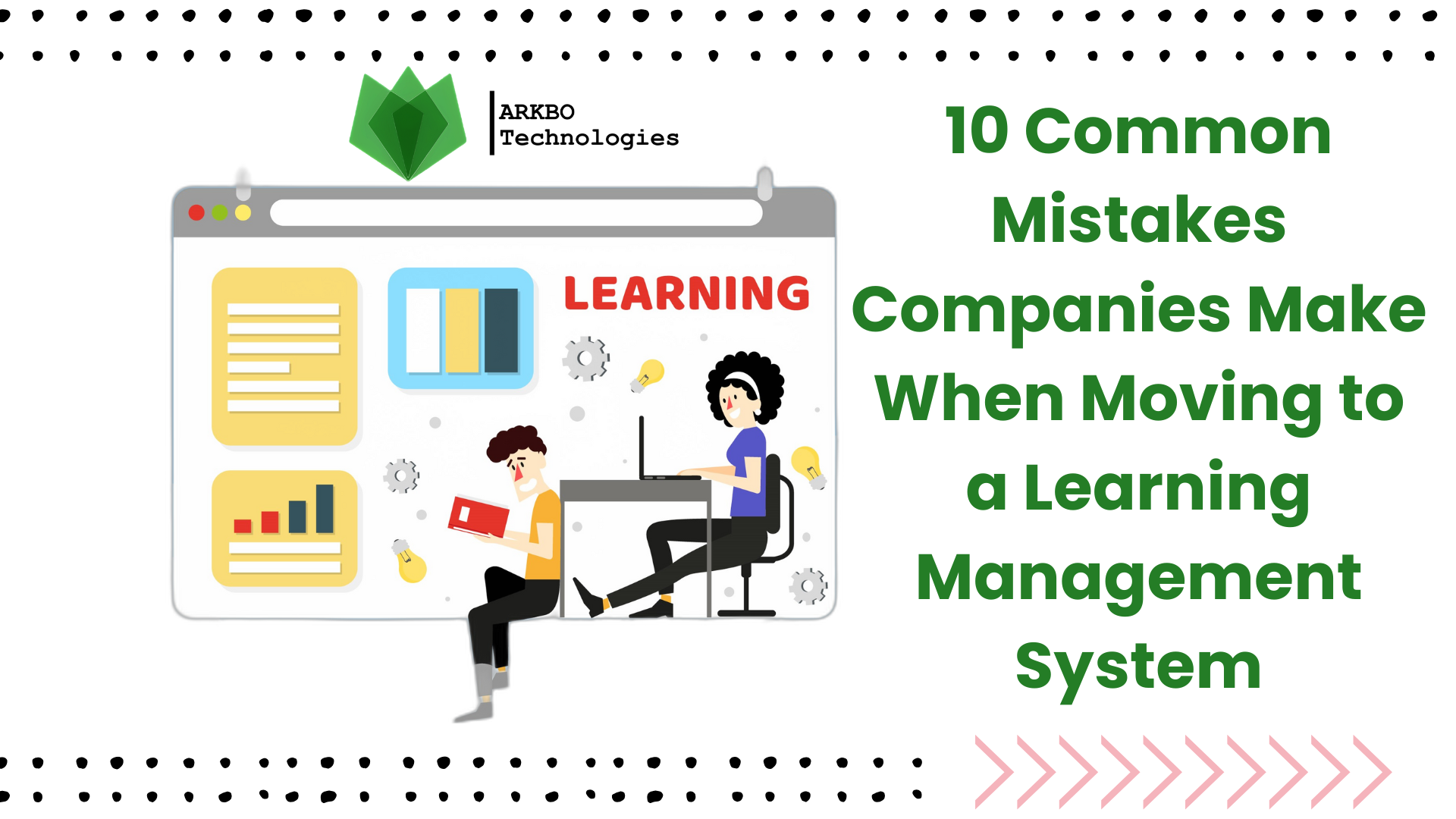
With this blog, you identify the most common mistakes that can be made before implementing an LMS.
Let’s dive right into it!
10 Mistakes to Avoid When Switching To An LMS
Let's look into the mistakes an organization should avoid when moving to an LMS system.
Implementing a Learning Management System (LMS) without clear training objectives means inviting massive confusion and a waste your resources. Vague objectives can result in the implementation of an unsuitable LMS. This eventually makes your employees not understand the purpose of the system, which reduces motivation and impact.
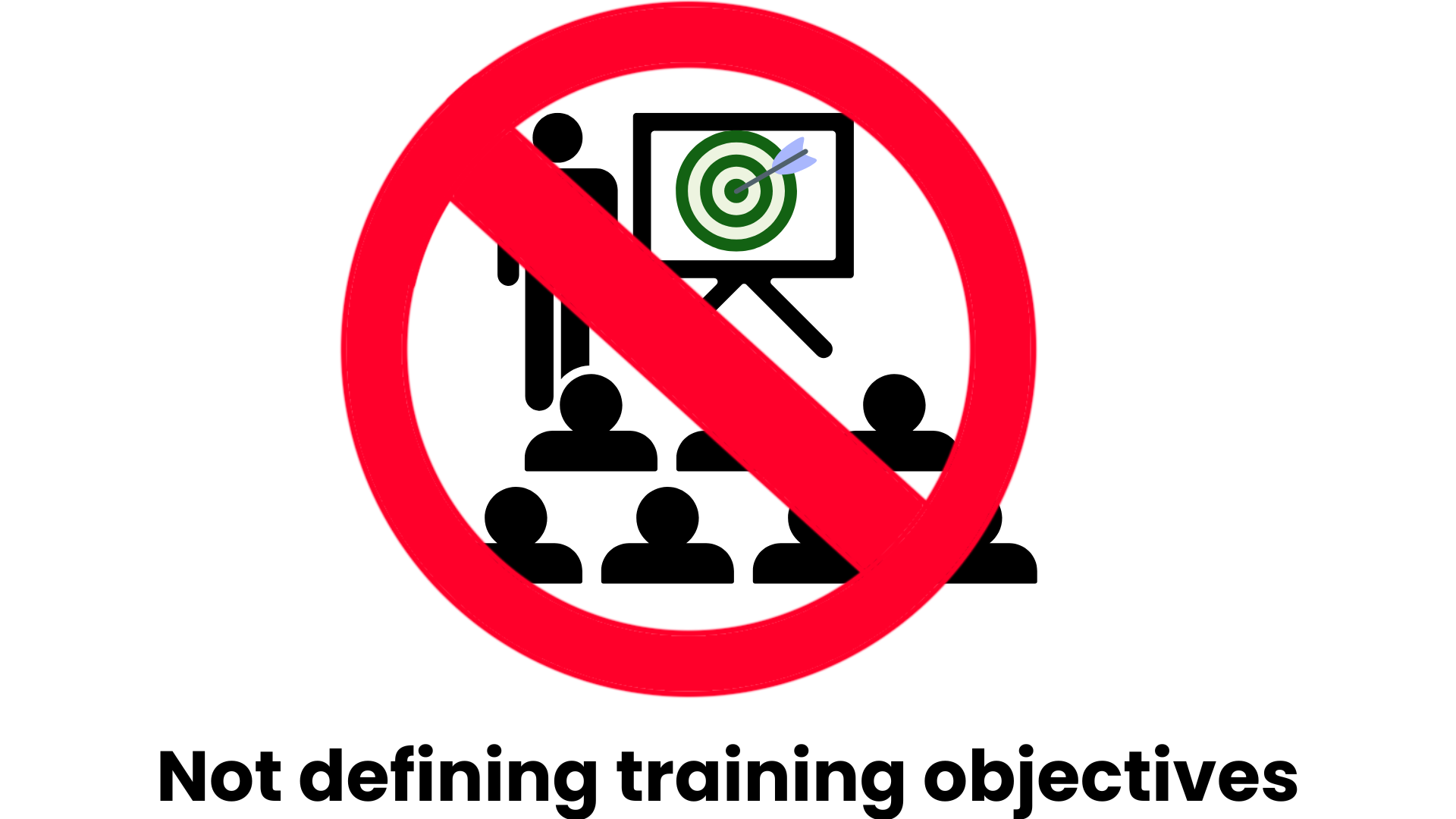
Precaution: Define your training objectives so that the right LMS is utilized. With the right LMS, you can meet your training needs, whether for employee onboarding, compliance maintenance, or upskilling employees.
It has been found that many organizations rush into buying the first LMS that is affordable or popular. They do not research well on LMS features, user experience, scalability, and customer support. Selecting an LMS system without research leads to frustration and wasted investment.
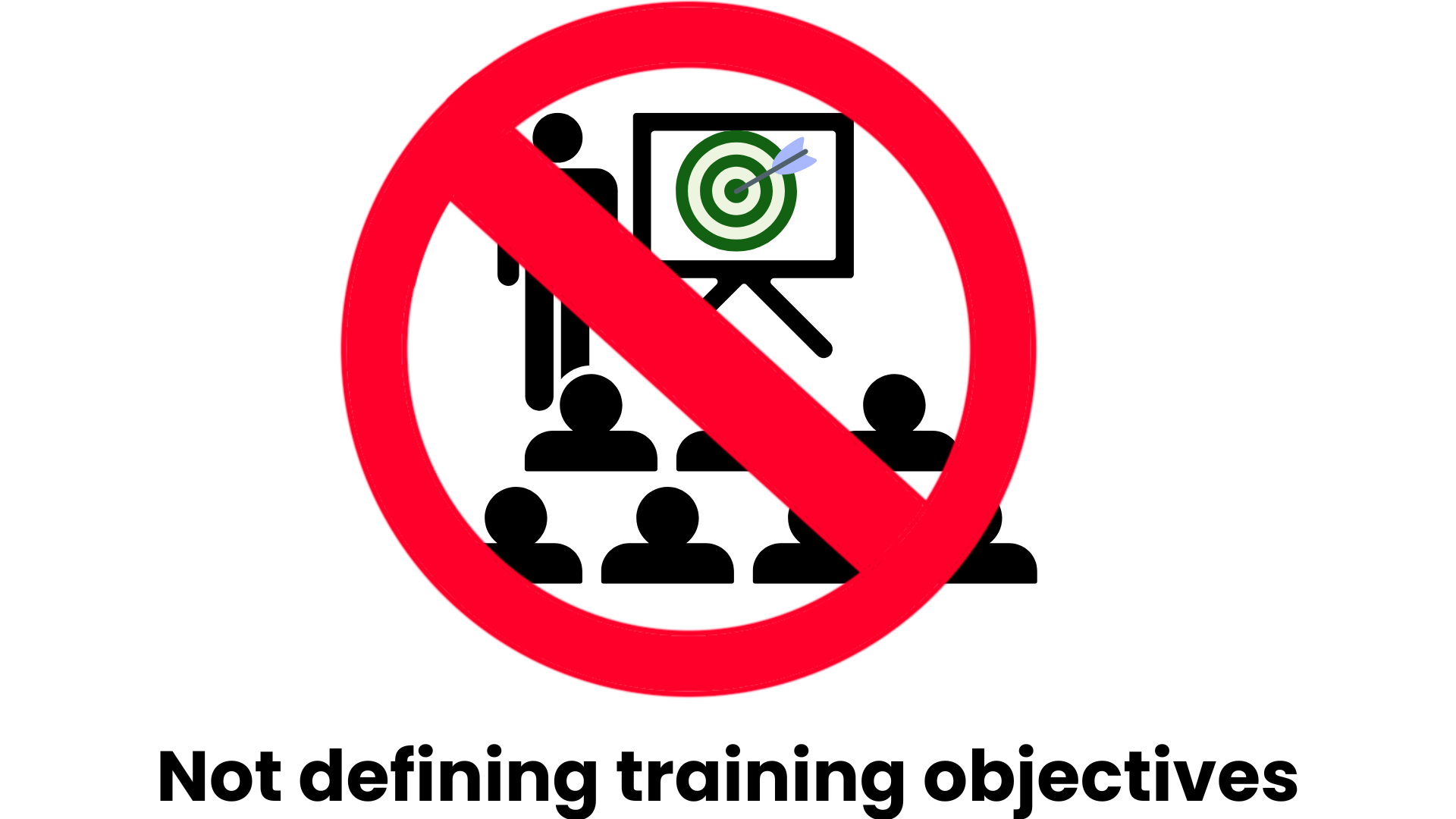
Precaution: You should run an in-depth research before selecting an LMS. Ensure the potential LMS aligns with your organization’s training goals and long-term needs.
An organization has diverse employees, and each employee has diverse learning preferences. One employee may be comfortable learning through videos, while another may prefer reading.
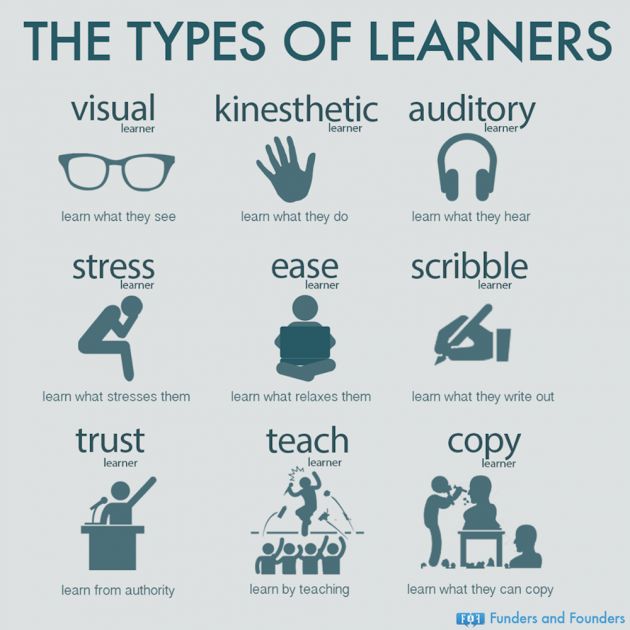
By ignoring these differences, an organization risks employees’ participation and leads to poor course completion rates, and, ultimately, ineffective training.
Precaution: Choose an LMS that supports various interactive content such as videos, quizzes, infographics, audio, etc.
Another common mistake an organization can make when moving to an LMS is choosing one that only supports the English language. However, all employees in an organization speak different languages or are more comfortable learning in their native language.

Choosing an English-only LMS can make it hard for employees to understand the training materials. It eventually results in low participation and less effective learning.
Precaution: Select an LMS that offers multiple language options. It can help employees learn better, improve overall training success, and employee engagement.
An organization has HR, Sales, Marketing, IT, and Customer Support departments, while the roles such as interns, new hirees, team leads, managers, executives, or technical staff. Thus, each department and each role-specific training.

Not segmenting learners based on departments or roles can lead to irrelevant or generic training that doesn’t address the specific skills or knowledge different groups require. For example, training meant for HR may not be helpful for sales executives, as the training doesn’t match someone’s job.
Precaution: Segment all the learners based on roles and departments. Assign training that favours their roles or department.
Your employees are the primary users of LMS, as it is for them to improve their skills. Thus, having first-hand information on how they prefer their learning is crucial. Ignoring employees’ perspective can result in choosing an LMS system that doesn’t align with how they learn or work.
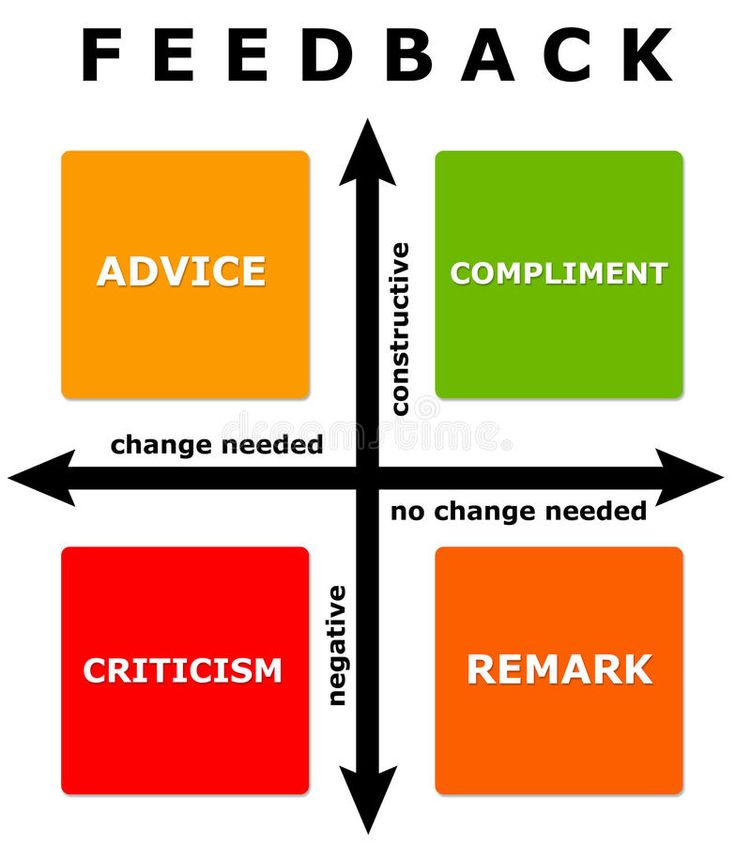
Precaution: Before implementing the LMS, involve employees through surveys, interviews, or feedback sessions.
An organization aims to have a minimum of expenses. Thus, to cut costs, they can choose a cheap LMS. They may not consider whether it meets their long-term needs. Of course, the cost of an LMS is an important factor, but considering only this, you may be neglecting the essential features of an LMS.
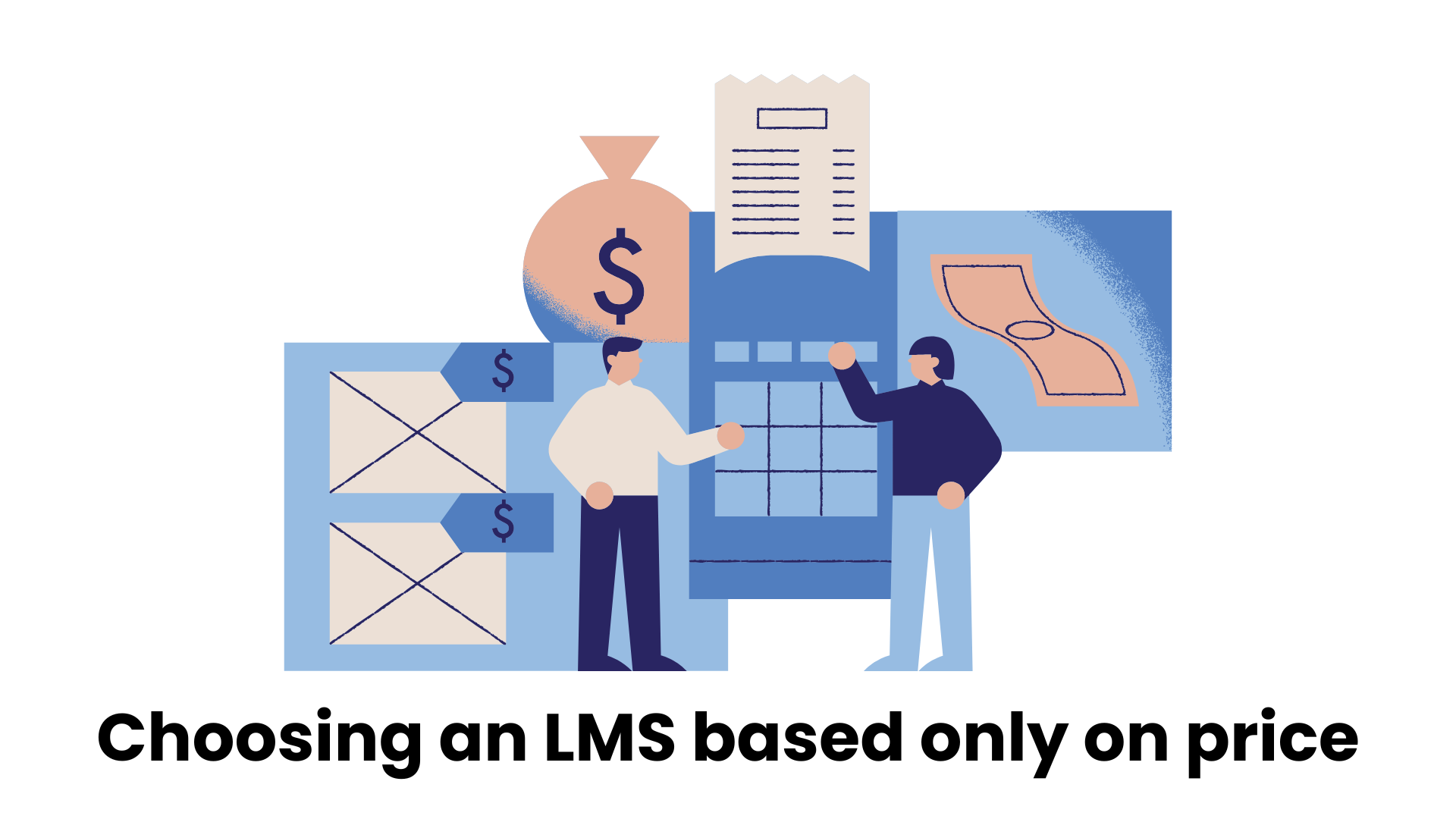
Precaution: Research all available LMS in the market and evaluate their price along with features, support, user experience, and how well they align with your organization's learning goals.
You can face numerous problems when you directly implement LMS and introduce it to your employees. If you do not test an LMS, you can face problems such as software bugs, integration failures, or confusing interfaces. This eventually makes employees frustrated, and eventually slows down adoption and training.

Precaution: Book a Free Demo from LMS providers. If possible, test the LMS with a small group first and get their feedback.
Another common mistake when choosing an LMS is not considering an LMS’s ability to integrate with your existing tools/systems, such as HR, communication, and payroll systems. Without proper integration, your tasks should be done manually, data can be messy, and users will have a hard time using the LMS.
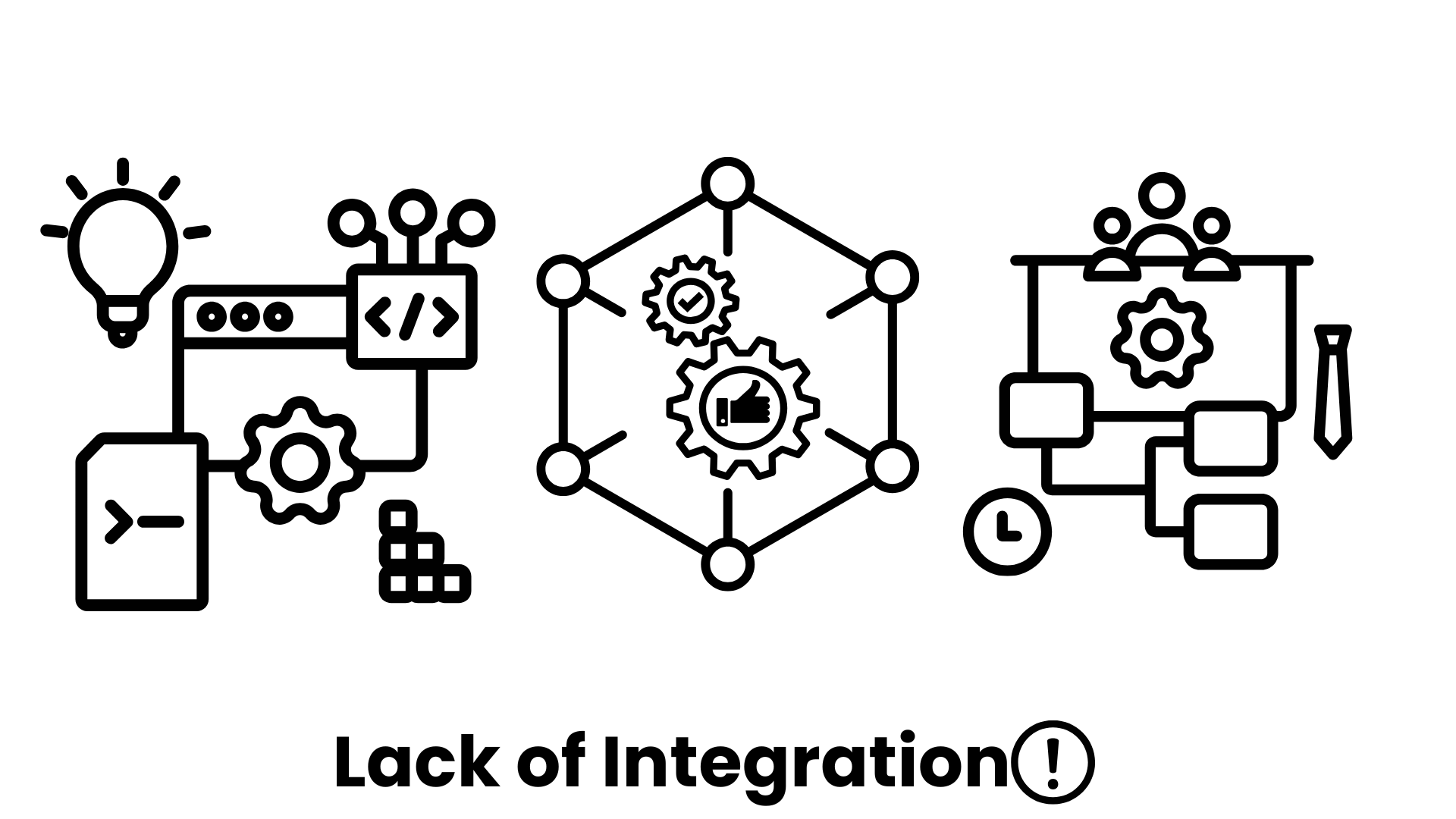
Precaution: Check if the LMS integrates smoothly with other systems. For further convenience, you can request an LMS demo.
Another mistake is thinking that just implementing an LMS will automatically solve all organizational training challenges. It is a common myth that s believe the LMS system alone will fix issues such as low engagement, inconsistent training, or skill gaps. Unfortunately, the system alone cannot bring about changes.
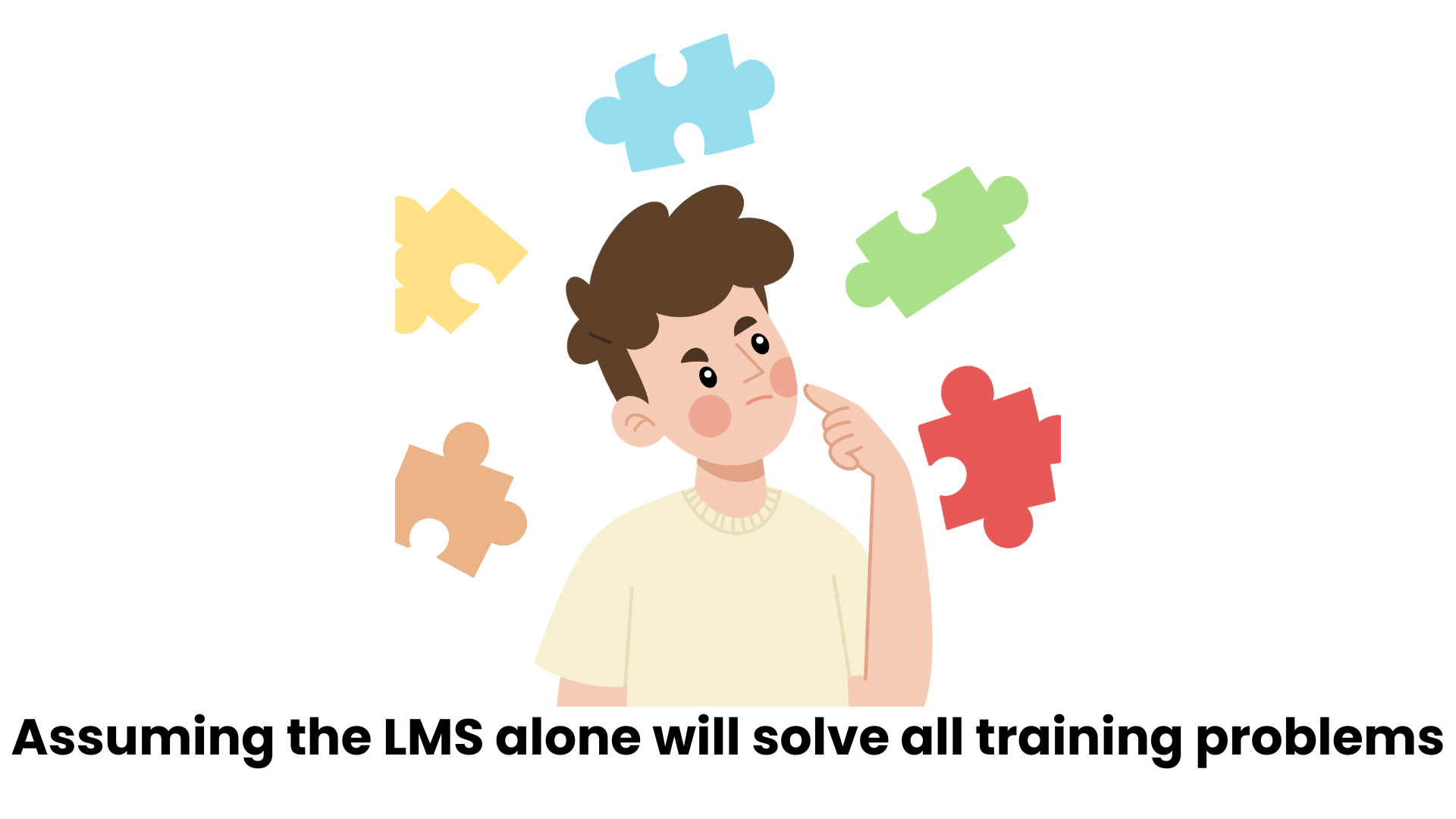
Precaution: Understand that an LMS is a tool, not a complete solution by itself. To make a maximum solution, ensure you have clear training goals, engaging content, active learner involvement, and strong management support.
If your company is showing signs that it needs a Learning Management System (LMS), the first step you need to take is to avoid mistakes before shifting to an LMS.
To implement LMS in the best way, organizations can:
Set specific training objectives/goals
Explore all features
Choose multilingual platforms
Personalize training for each role
Gather employee input
Ensure smooth integration with existing tools.
Before implementing an LMS in your organization, it’s essential to get a demo and consultation. With a demo, you can get hands-on experience, while consultation offers expert guidance tailored to your organization’s business goals.
ARKBO LMS is one of the best LMSs in Nepal. It is a comprehensive platform designed to empower your workforce with easy course creation, progress tracking, and personalized learning paths. Contact us for further information. Read More: Complete Guide to LMS
To avoid all the mistakes when moving to an LMS, you can book a free demo and/or consultation with the ARKBO team.
Contact us for further information.
Read More: Complete Guide to LMS